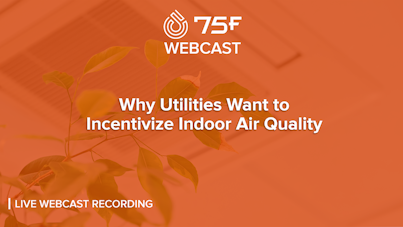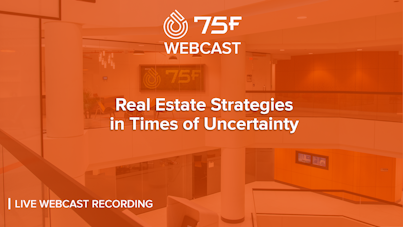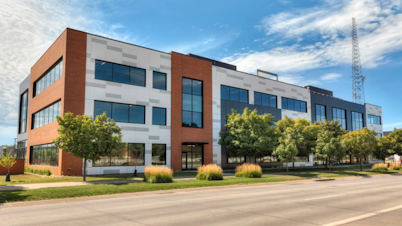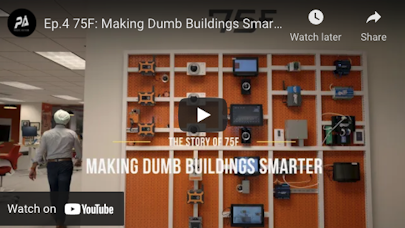
How 75F Uses Encryption in the O.R.A.N.G.E Framework
Data security is a multi-faceted challenge that demands a comprehensive approach. That's why 75F developed a holistic security framework we call O.R.A.N.G.E., an acronym that stands for Organizational Security, Role-Based Access, Application Security, Network Security, Gateway Security, and Encryption. Over the course of this blog series, we've taken you through each layer of our security measures, detailing how they contribute to a robust and reliable Building Management System. In this final instalment, we focus on the 'E' in O.R.A.N.G.E.: Encryption. As the concluding pillar of our security strategy, encryption plays a critical role in safeguarding your sensitive data. Read on to learn how we implement encryption measures to ensure the utmost security, rounding out our comprehensive approach to protecting your data and assets.

What is Encryption and how Does it Work?
Encryption is the process of converting information into an unreadable code to prevent unauthorized access. To decipher the encrypted data, a specific decryption key is needed. This ensures that even if the data is intercepted or accessed without authorization, it remains incomprehensible without the correct key. In essence, encryption acts as a digital lock for your information, allowing only authorized personnel to unlock and view it.
Encryption of Sensitive Data at Rest
At 75F, one of our foremost priorities is to ensure the security of your data, whether it's stored in our servers or in the cloud. We employ strong cryptographic algorithms like AES-256 to encrypt sensitive data at rest. This high-level encryption ensures that your building management information, occupant data, and any other confidential information are securely stored. With AES-256 encryption, cracking the code would require computational power that is currently unfeasible, even with the most advanced technology available today.
Transport Layer Encryption for Secure Communication
As your data moves between systems—say, from your building's sensors to our cloud servers—we protect it with robust transport layer encryption. We use protocols like TLS (Transport Layer Security) to secure the data during transit. This means that all communications between your IoT devices and our systems are encrypted, rendering the data useless to any potential eavesdroppers. Simply put, it's like sending a sealed, tamper-proof package instead of a postcard.
Key Management Practices
Effective encryption is only as good as the key management practices that support it. At 75F, we have implemented a multi-layered key management system that adheres to industry best practices. Encryption keys are securely generated, distributed, and stored. Moreover, these keys are rotated and updated regularly to ensure ongoing security. By managing keys in a secure environment, we minimize the risk of unauthorized decryption, effectively maintaining the integrity and confidentiality of your data.
Regular Encryption Assessments
The technological landscape is ever-evolving, and so are the tactics employed by cybercriminals. To stay ahead, we conduct regular security assessments. These evaluations rigorously test the strength and effectiveness of our security measures. Through simulated attacks and vulnerability scanning, we can identify any potential weaknesses and implement improvements. This proactive approach ensures that our encryption measures are not only robust but also up-to-date with the latest security developments.











